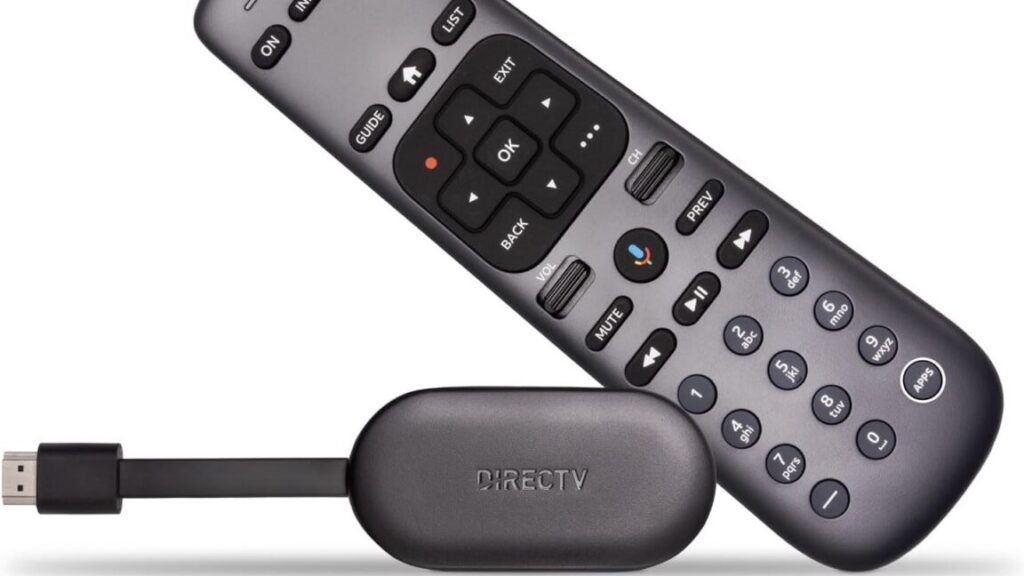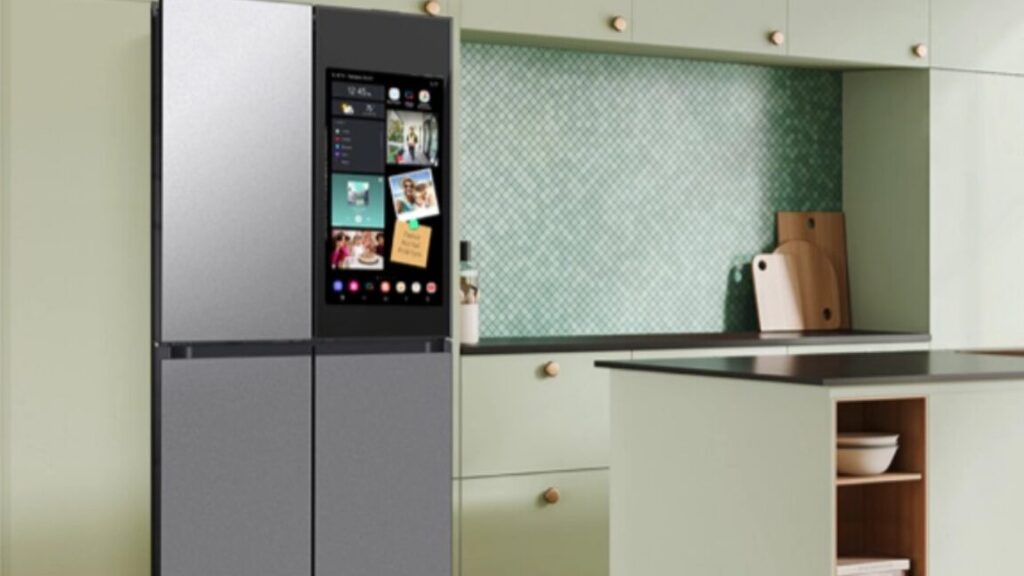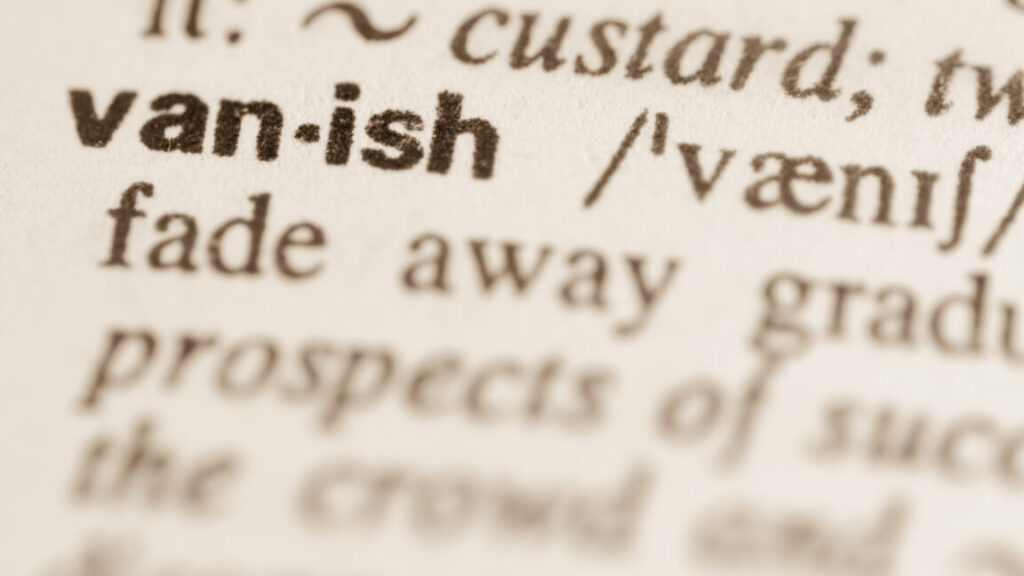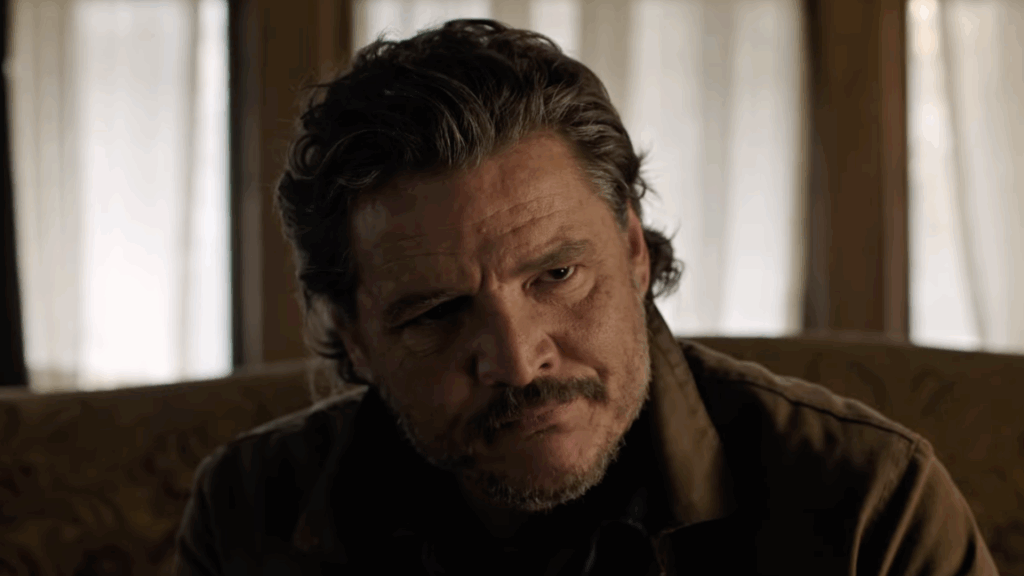Apple TV execs dismiss introducing an ad tier, buying Warner Bros. Discovery
Focused on original content
Another obvious way to grow Apple TV is through more subscribers. With talk of Warner Bros. Discovery considering a sale, it’s worth wondering if Apple TV may try to grow through acquisition. But the execs Screen International spoke with seemed focused on building out Apple TV’s library with originals. Cue noted that “at least in the timeframe that we’re thinking about right now, we’re not looking at licensing any content or adding anything to our service.”
“We’re building an all-original services; we’re not building on the back of pre-existing IP or library,” Jamie Erlicht, one of Apple’s heads of worldwide video, said.
More directly, when asked if Apple might buy Warner Bros., A24, or Disney, Cue pointed out that Apple hasn’t historically done “a lot of major acquisitions.”
“We do very small acquisitions in general, not related to Apple TV, so I don’t see that happening because we like what we’re doing,” Cue said.
Since its 2019 debut, some have questioned whether Apple TV is an authentic attempt to improve streaming options for customers, or if Apple TV is a “vanity project,” as Screen International put it, or if the service is merely a tool for getting people to buy other Apple products. Naturally, the interviewed executives claimed that the service is built on a commitment to distributing unique and premium shows and movies.
The interview provided more insight into how Apple TV leadership defines the latter. Zack Van Amburg, one of Apple’s heads of worldwide video, said:
A core tenet of everything Apple does is the notion that humanity needs to be at the center of it, and that’s everything from app design to hardware engineering, to everything in between. We try to think a little more deeply about that.
Our shows and our movies tend to be about the emotional experience, the stakes involved, even when we’re doing a comedy.
Apple TV execs dismiss introducing an ad tier, buying Warner Bros. Discovery Read More »













